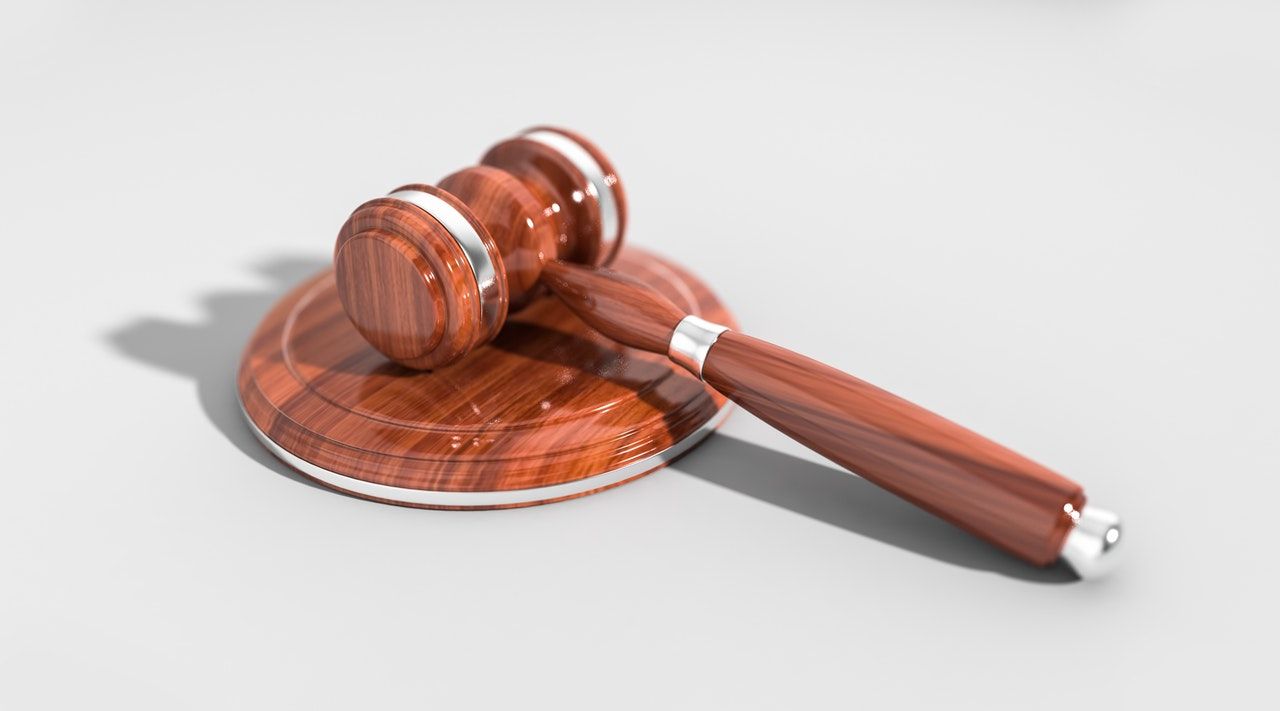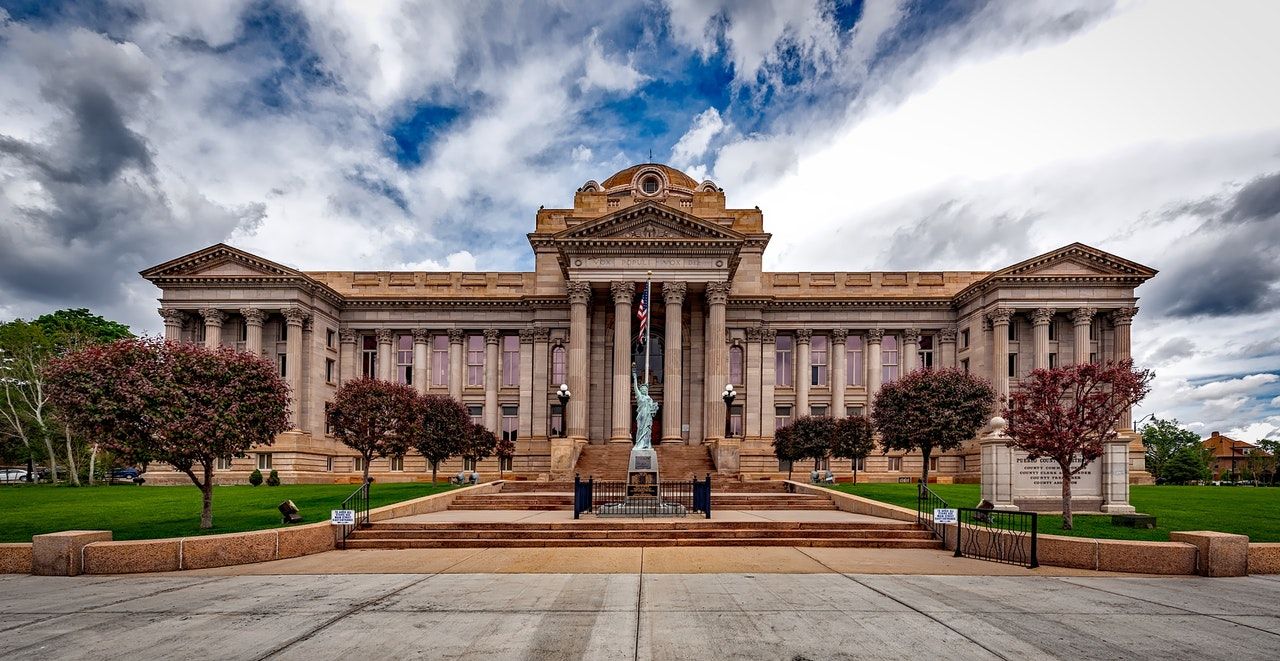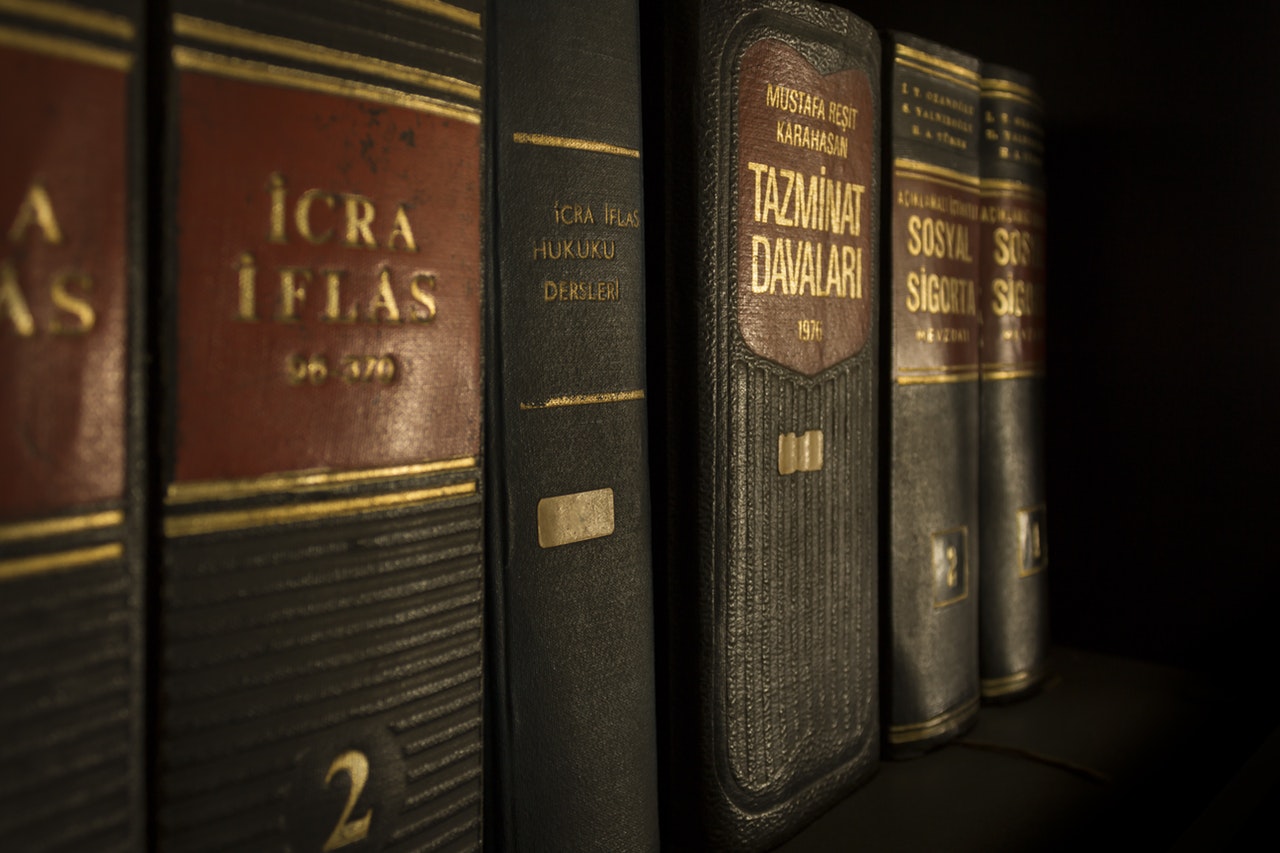
Over the past few years, the business world has widely adopted video conferencing technology. Organizations are now reaping the time and cost-saving benefits of sharing information swiftly and efficiently with their suppliers, employees, and customers by opting for a face-to-face video conferencing meeting, rather than traveling long distances to meet in person. The resources that were initially spent on travel are now being used to improve the bottom line or address more pressing issues.
The use of this efficient and convenient technology has also spread to other industries and applications, including education and healthcare. Lecturers can now use video conferencing technology to give lectures to students in any part of the world without the need to travel. Healthcare professionals are also able to evaluate, diagnose, and treat patients face-to-face via video conferencing technology, even when they’re miles away.
The courtroom is one of the newest areas in which this advanced technology is now being applied.
The judicial sector is one of the most underfunded and overburdened government sector; this is true in just about every country in the world. It is normal to hear of court proceedings that drag on for years due to the huge backlog of cases faced. This situation impacts the lives of those involved in the cases, their loved ones, as well as those working in the court system.
Video conferencing technology comes with the promise of helping courts overcome some of the main causes of these backlogs. Read on to find out how courtroom video conferencing meetings are changing the way courts operate in this technologically advanced era.

Enhancing Security
Security is a major concern in courtrooms, especially in cases involving dangerous or potentially violent defendants. Every time a group of defendants accused of violent crimes need to be taken to a courtroom, tight security measures, like the use of numerous security officers, must be employed. This places a stress on the security apparatus and comes at a cost, but to not do so would be risky.
By using video conferencing to facilitate remote appearances of such defendants, courts are taking a step towards guaranteeing the safety of all involved, including the defendant. Dangerous elements can remain in the most secure locations without the need to transport them, thus not affecting the progress of court proceedings. Court processes revolving around the setting of bail and arraignments can be conducted without the need to have the defendant physically in the courtroom, while not curtailing any of their legal rights.
Eliminating Unnecessary Travel and Expenses
One of the main reasons why the court system appears to be so strained is limited resources. Over the years, courts have been forced to preside over an increasing number of cases on shrinking budgets. Travel expenses are among the highest expenses courts have to deal with; many involve the aforementioned security costs of transporting defendants.
High travel expenses may also prevent witnesses and victims from attending court proceedings, thus forcing the state to absorb additional cost, or preventing some individuals from accessing the justice they are legally entitled to.
Employing the use of video conferencing technology in courtrooms has helped eliminate the need for accused persons, witnesses, and victims to travel to physical courtrooms. Witnesses can offer their testimony from miles away, while defendants can attend court sessions via video conference. The impeccable sound and video quality offered by today’s video conferencing meeting software ensures that no one involved in the proceedings misses anything.

Improving Efficiency in Court Proceedings
Making court appointments, just like in any other aspect of our lives, tends to be a time-consuming process. You have to wait until the court has time to hear your case. Considering the time it takes to transport defendants, witnesses, or victims to the court, it is no wonder most courts are struggling with huge case backlogs; as the saying goes, justice delayed is justice denied. Courtroom video conferencing technology is being used to enhance the speed at which courts handle cases, with a view of reducing, and where possible, completely eliminating this backlog.
Instead of having to wait for key witnesses, accused persons, or their accusers to appear in court physically, this technology is being used to facilitate remote testimonies and hearings, thus eliminating any time delays involved in traveling to the court.
It is important to note that, in cases where expert witnesses are needed to shed light on technical case facts, video conferencing technology is being used to facilitate the same without inconveniencing these busy experts. They can provide their expert input from the comfort of their office or home.
It is also worth mentioning the fact that since US laws do not require witnesses in foreign nations to travel to the US and give their testimony in court proceedings, the use of video conferencing technology makes it possible for the courts to hear them out within the confines of the law.
Facilitating Court Proceedings in Rural Areas
In rural areas, where witnesses, victims, and defendants may have to travel hundreds of miles to get to the nearest court, the quest for justice is often hindered.
Video conferencing meetings are being used to overcome such challenges in several ways, one being that defendants are being linked with lawyers and court officials easily and efficiently. This is also the case when it comes to witnesses and victims.
All the resources needed to set up secure video calls are now available in most corners of the country, making it easier for all these parties to make use of them whenever necessary. These systems can be deployed in the remotest of areas using smartphones, tablets, and laptops.

Reducing the Need For Physical Courts
It takes a lot of resources to establish and maintain a court branch. Given the shrinking budgets assigned to the court system, closure of some branches may be the only way to guarantee the continuity of busier or essential ones.
By adopting video conferencing systems, it is now possible to close some underperforming court branches without limiting or reducing the public’s access to court services. Furthermore, by increasing the speed at which court cases are handled, case backlogs can be eliminated, thus rendering some court branches redundant.
Challenges to the Full Adoption of Video Conferencing Technology in the Courtroom
Even with the rise in the use of courtroom video conferencing solutions, its adoption in all court proceedings is still limited by the law. For instance, at present, US law requires the defendant to be present in some instances during court proceedings. Furthermore, the law also requires in certain proceedings that the accuser to be present in court to face the defendant.
Unless the interpretation of the law is changed in the near future, the adoption of video conferencing technology in courtrooms will continue to lag behind its adoption in other sectors. However, its use, even in a limited capacity, is transforming how courtrooms across the country work.
Why LiveLitigation Is the Best Courtroom Video Conferencing Solution
LiveLitigation is one of the best video conferencing solutions on the market today. Designed to facilitate swift, secure, and efficient communication during video conferences, it can be used in courtrooms to realize the immense benefits associated with any one of the above cited examples.
While other video conferencing meeting software solutions have been criticized for not offering a means through which some users, like the defendant and their attorney, or judge and the attorneys, or an accuser and their attorney, can communicate privately, LiveLitigation has a Non-Discoverable Chat feature that can be used for private, group or public chats during live video conferences.
The Screen and File Sharing features, on the other hand, make it easier for users to make demonstrations and share documents efficiently. As such, expert witnesses can take control of the screen in the courtroom from miles away, and can explain technical documents or make demonstrations as the entire courtroom observes.
Going a step further, users can take advantage of LiveLitigation’s advanced features that are unavailable in most standard video conferencing services, including Realtime Transcript Streaming, Electronic Exhibits, the previously mentioned Non-Discoverable Group Chat and World Class 24/7 Support for all litigation events, whether they be depositions, mediations, arbitrations, trials or simply prep work.
Since LiveLitigation can be used to record the live proceedings, attorneys, judges and other interested parties can review the recordings whenever necessary.
Secure communication is essential when it comes to courtroom proceedings. To keep the proceedings private and secure, LiveLitigation uses a variety of security protocols including encrypted data transmission, secure storage of recorded data and restricted access to the live proceedings.
Summary
To deliver justice fairly, courts must ensure that defendants, accusers and witnesses are all heard. This is often easier said than done. The transportation of defendants from their respective holding facilities to the courtroom is not only time consuming, but is also expensive. Furthermore, some key witnesses and victims may also find it hard to attend court sessions if the court is too far away, sometimes even outside the country.
Video conferencing solutions, like LiveLitigation, are being used to overcome the above limitations within the courtroom, making it possible for defendants, witnesses, and victims to effectively plead their case from miles away. Furthermore, by hastening the conclusion of court cases and eliminating unnecessary travel, courtroom video conferencing is helping courts save money and reduce case backlogs. Simply put, the benefits of deploying this technology outweigh the cost, whichever way you look at it.
Interested in how video conferencing can aid your legal team? Contact LiveLitigation today.
